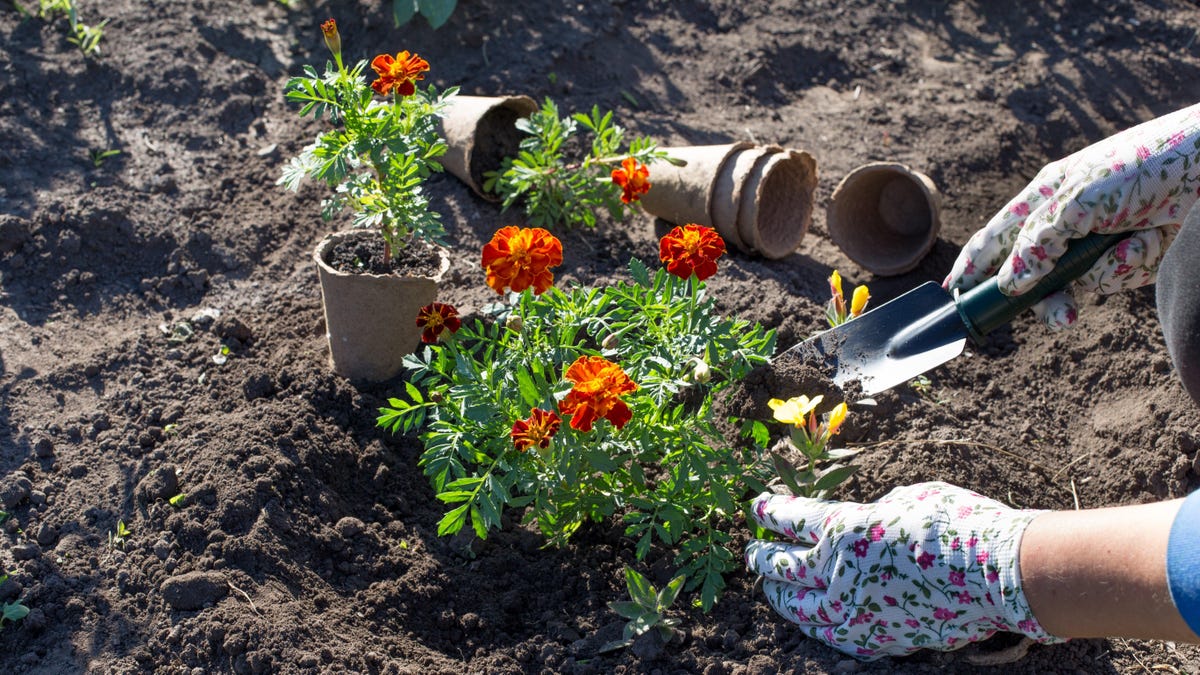Plant These Self-Seeding Flowers for a Low Maintenance Garden

Perennials are a popular option for flower gardens, and for good reason – they come back on their own. But there is another way to bring flowering annuals into the garden that don’t need to be repotted every year. You can choose flowering varieties that are re-seeded and bloom for years.
Choose the right annuals
There are many self-seeding annuals to choose from: marigolds , sweet alyssum , petunia , marigold , and kosmeya are just a few of the many flower varieties that will self-seeder in your garden under the right conditions. Even sunflowers will self-seed if the squirrels don’t get to them first.
It is important to keep in mind that there are varieties of self-seeding flowers that spread very quickly. If you’re not sure how invasive a flower is in your area, ask your local university’s horticultural department. The last thing you want is to be taken over by your own garden.
Choose the right place for self-seeding
To begin with, make sure that the soil conditions in your chosen area are good not only for a fully developed plant, but also for seeds. Usually a mulch or other weed barrier can help keep your beds tidy, but self-seeding flowers need a good place to germinate their seeds. This means that they will need a place where the seeds can get into healthy soil and then germinate and take root.
Don’t kill your new flowers
If you want your flowers to drop seeds, that means you can’t kill them. While some gardeners don’t like the look of withered flowers or seed pods, don’t prune your self-seeding plants if you want more next year. Dried flowers are where the seeds come from, and cutting them will keep the seeds from getting into the soil.
Refrain from weeding
After your flower seeds have fallen in late summer or fall, they will go through a natural dormant period before germinating again in the spring. In order not to kill future flowers, refrain from weeding until you can distinguish plants that look like annuals from last year’s garden from weeds. Weeding less and getting flowers from last year’s harvest is a win-win.
Keep flowers where you want
As seeds are dropped, dispersed by the wind, or carried by rainwater or wildlife, self-sowing plants can spread from their original location. You will need to thin out the plants you don’t want and leave the ones in the right place until the sprouts are mature.
Self-seeding perennials and biennials
It is important to note that some perennials and biennials also self-seed. It’s also a low-maintenance option for those hoping to skip some of the digging of spring flower gardening. Some of these self-seeding perennial varieties include nasturtium , butterfly , bachelor button , violet , and sweet William . Note that these varieties can spread aggressively, so unless you want to pull a lot of stragglers, the best bet is to stick with annuals and biennials. Digitalis , poppies , and forget-me-nots are all biennial flowers that will seed themselves, so you don’t have to.